Getting a wiggle on: How 're-wiggling' our rivers can save our countryside
For more than a century, rivers have been straightened. Now, however, meandering projects are going on across the country to encourage ecology, discourage flooding and store water.
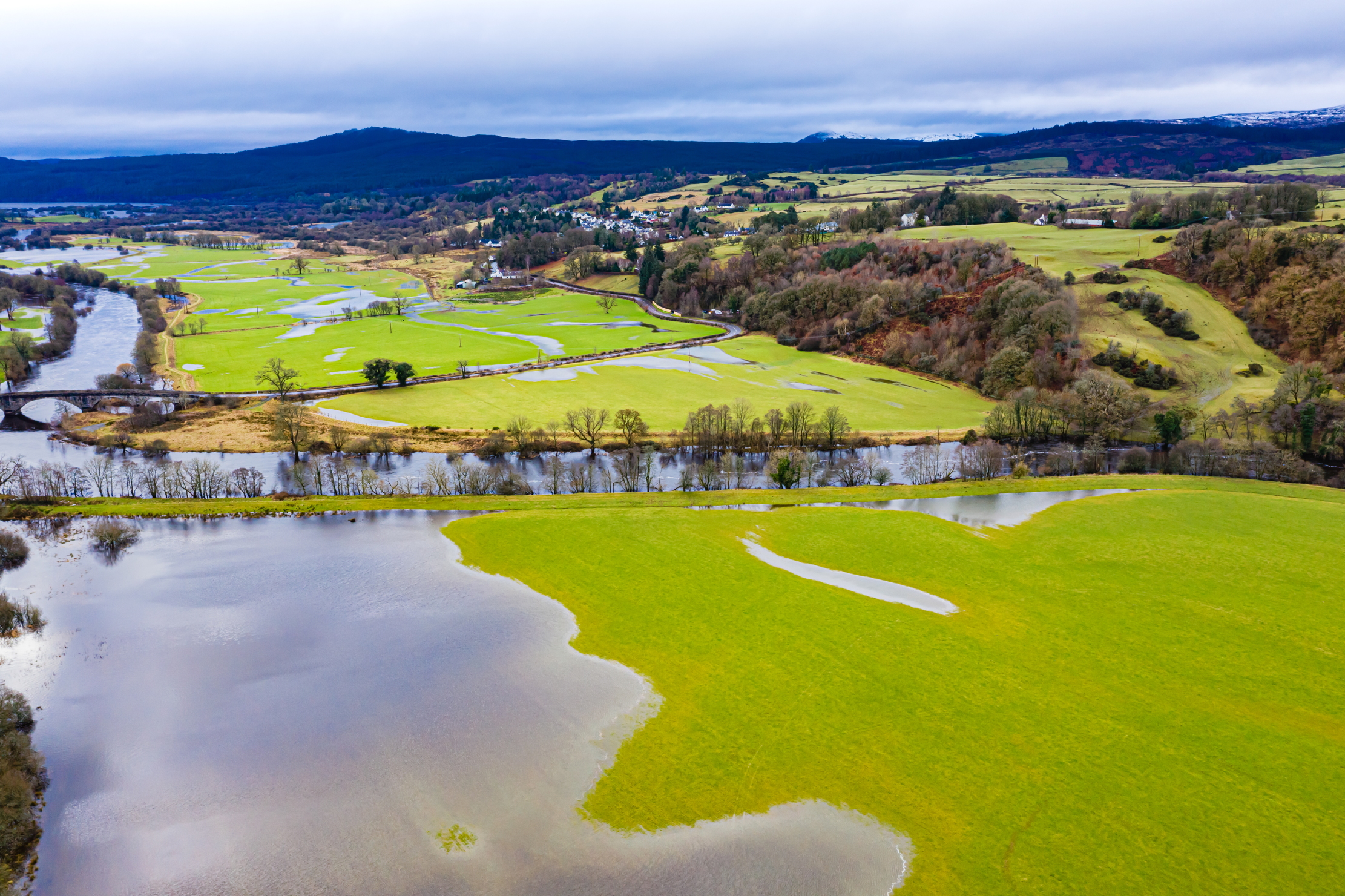
Something is afoot in the river valleys of England. Even as farmers despair at Biblical rainfall, drowned crops and waterlogged pasture, there are projects across the country to liberate rivers and streams: allowing them to meander and spill onto floodplains, creating pools and riffles, their onward rush slowed by leaky dams.
For 150 years, rivers have been straightened, dredged and narrowed, usually to release land for cultivation or development. At Blenheim Palace in Oxfordshire, the River Dorn was long ago forced into a channel, speeding up the rate of water flow through the catchment and depositing silt into the famous SSSI Queen Pool.
Now, the river has been reconnected to natural floodplains, using leaky dams and punching cuts into the bank so water spills out and resumes its slower paleo course. Rachel Furness-Smith is Blenheim’s head of estates: ‘The water quality is much better,’ she observes, ‘and there is an abundance of improved ecology — seed re-awakening, new species, aquatic and birdlife.’
Timothy Coates is a director of the North East Cotswold Farmer Cluster, which includes Blenheim. The River Glyme runs through his farm into the Evenlode and thence into the Thames at Oxford, which has flooded badly this year. ‘Primarily, we are all about water,’ he explains, ‘re-wiggling rivers, restoring floodplains to manage flow and store water in the catchment.’
Further strategies include tree planting, moving arable production away from the river and rotating crops with livestock grazing to improve soil: ‘Healthy functioning soils are like a sponge, holding 222,000 litres of water per hectare, underground cathedrals providing water in dry seasons,’ marvels Mr Coates. ‘The way our climate is changing, it is crucial to get those areas of land into condition.’
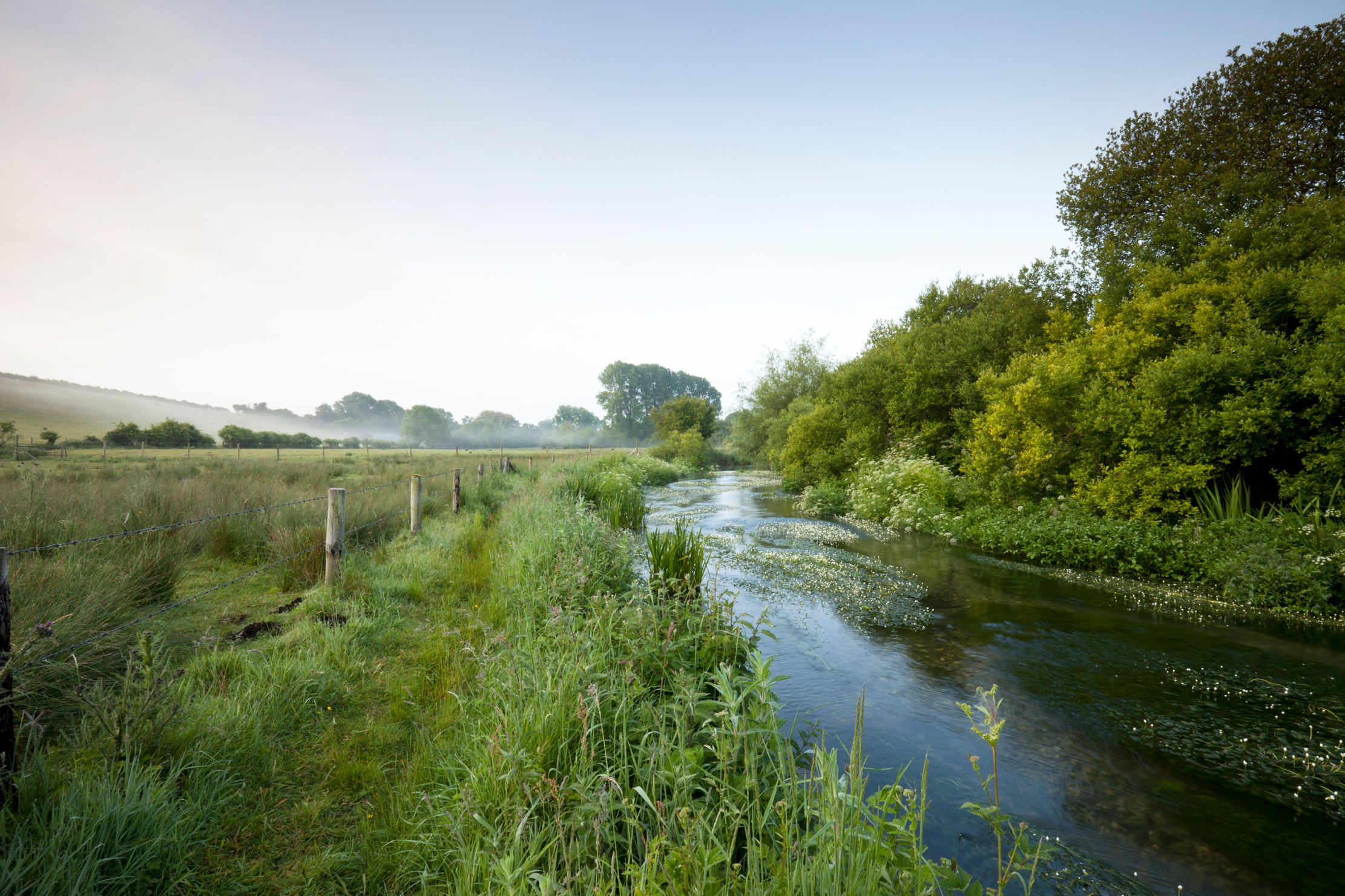
The cluster qualified for payments under the Government’s Landscape Recovery Scheme and there are other potential sources of investment. ‘We are talking to asset owners such as Network Rail — there are 27 river crossings on the Cotswold line — and Thames Water about the value to them of flood-risk reduction and collecting data to tell the story of improved water quality,’ explains Mr Coates.
River meanders on neighbour Sam Parson’s land have willows planted on every corner to hold the bank: ‘The water is crystal clear, with lots of fish and otters,’ he observes. Meanwhile, Mr Coates has put in woodland, new hedgerows and regenerated scrub: natural capital that could attract private finance through carbon and biodiversity gain markets. There is an element of competition among landowners, admits cluster organiser Tim Field. ‘It’s a race to the top: who can capture the most carbon, hold the most water, see the most birds.’
Sign up for the Country Life Newsletter
Exquisite houses, the beauty of Nature, and how to get the most from your life, straight to your inbox.
In Lancashire’s Ribble Valley, leaky dams are all the rage. Made from branches and brash from coppiced woodland, they hold back water, allowing it to spread onto land and reducing serious flooding downstream. The village of Bolton-by-Bowland is prone to flooding after heavy rainfall, but dams installed on the Skirden River have been shown to delay peak flow by eight hours.
Jack Spees is director of the Ribble Rivers Trust, which in February this year netted a £25 million grant from the Environment Agency for flood defence. ‘Dams also prevent soil erosion and provide a fantastic habitat for fish and invertebrates,’ he says, ‘and the more you put in, the better. We will be upscaling with six new projects, installing hundreds of leaky dams. It’s about creating a balance between flood management and habitat.’
What do farmers think about encouraging flooding on their land? ‘It’s temporary storage of water and often on woodland,’ explains Mr Spees. ‘The aim is not to take land out of production — flooding can help to retain soil and you can see where the river has come up and left a fine sediment, promoting soil health.’
He is encouraging farmers to look at the value of Nature: ‘For example, a perennial rye-grass field is a bit of a desert; the best value would be to turn it into a hay meadow, calculate how much it is worth in biodiversity gain then sell credits to a project that has an adverse impact on Nature.’ A reclaimed saltmarsh on the Ribble estuary in Lancashire was estimated to be worth £1,450 per hectare in mitigating carbon emissions, more valuable than growing crops or grazing livestock.
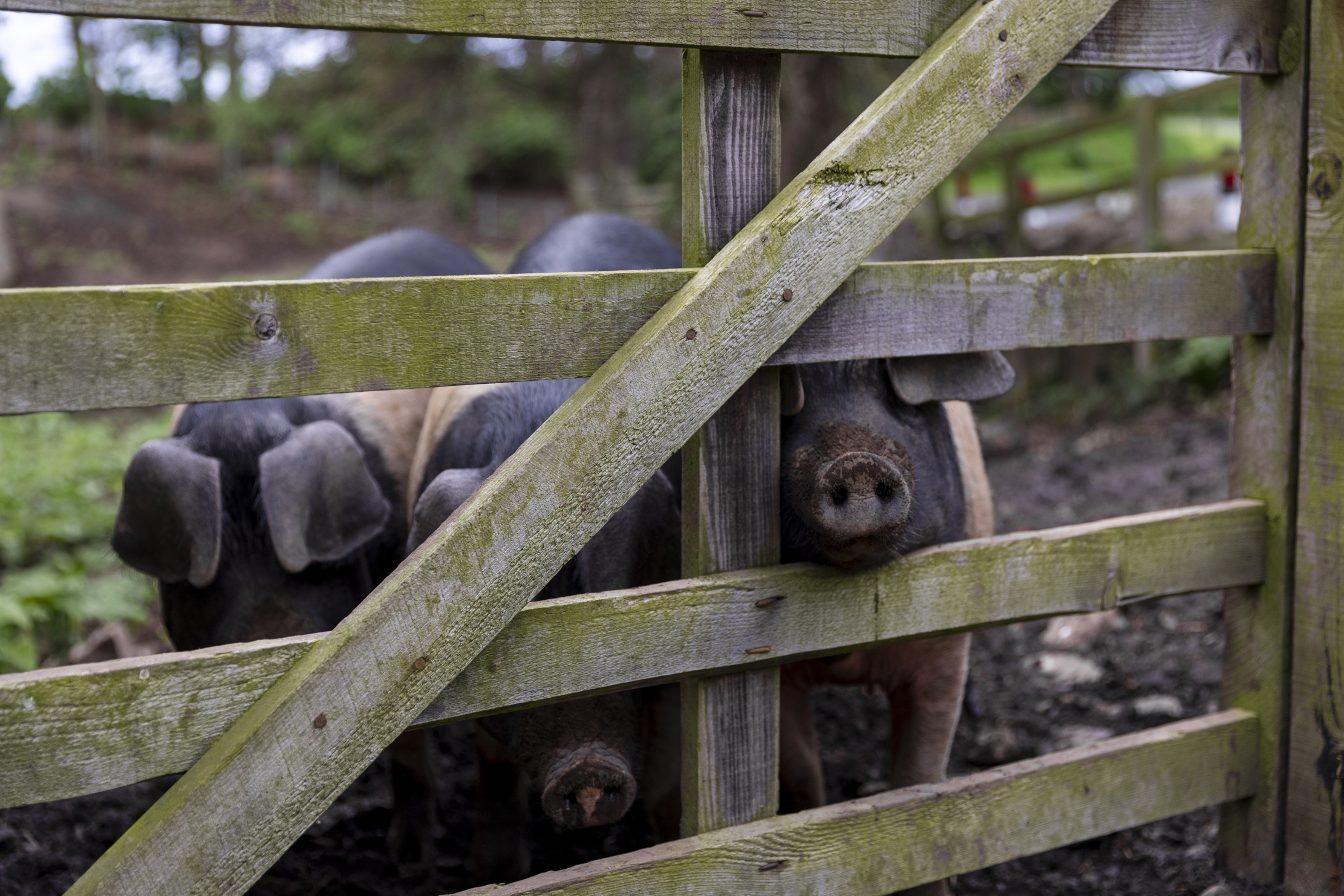
Rare-breed poultry and pigs on the decline according to latest Rare Breed Survival Trust Watchlist
Avian flu combined with higher input prices has had a damaging effect on Britain's native poultry populations, according to the
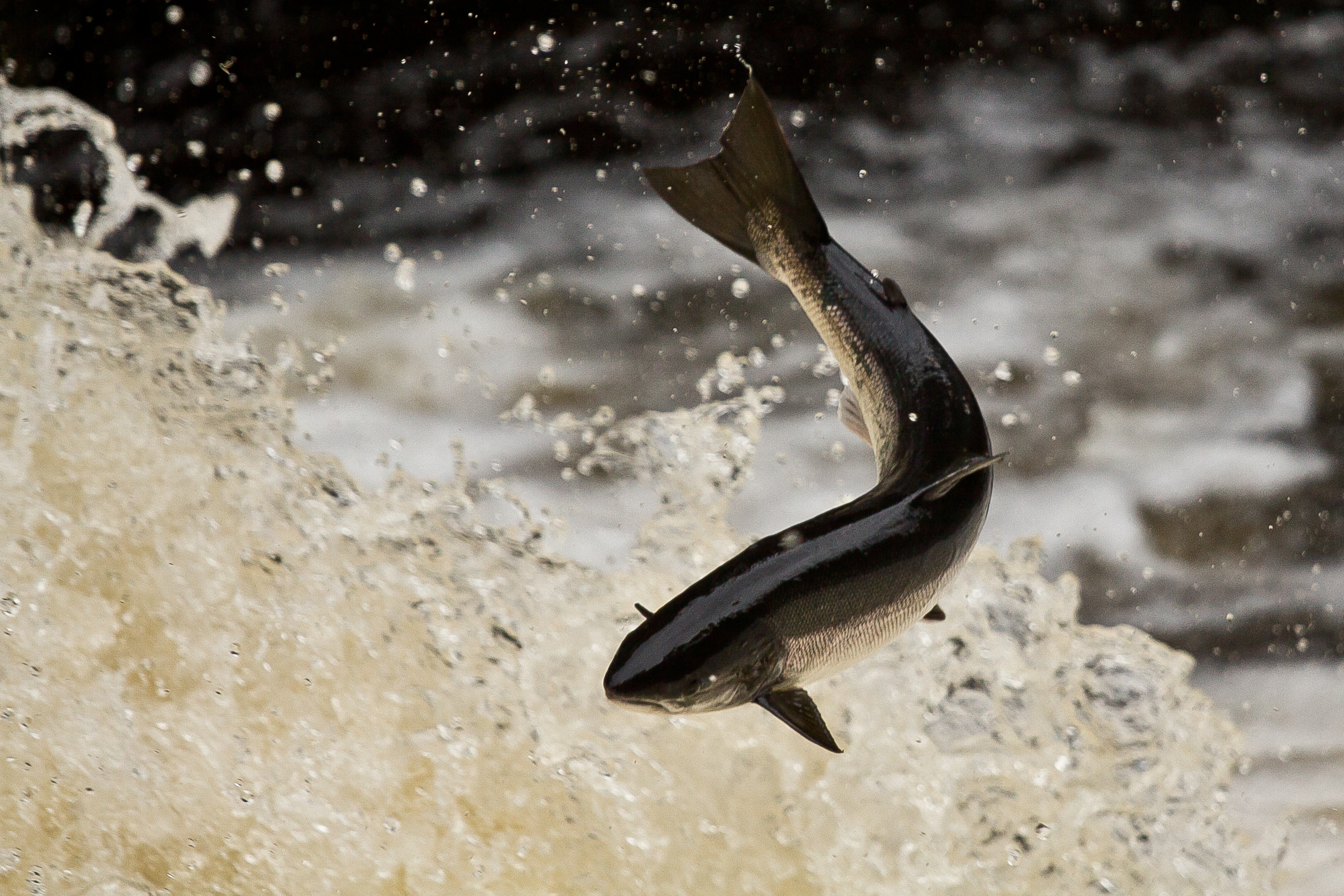
Credit: Catherine Clarke/Getty
Organic farmed salmon is a 'misnomer' and certification should stop, claim fish conservation charities
In an open letter to the Soil Association, WildFish and more than 30 other organisations have questioned the organic certification
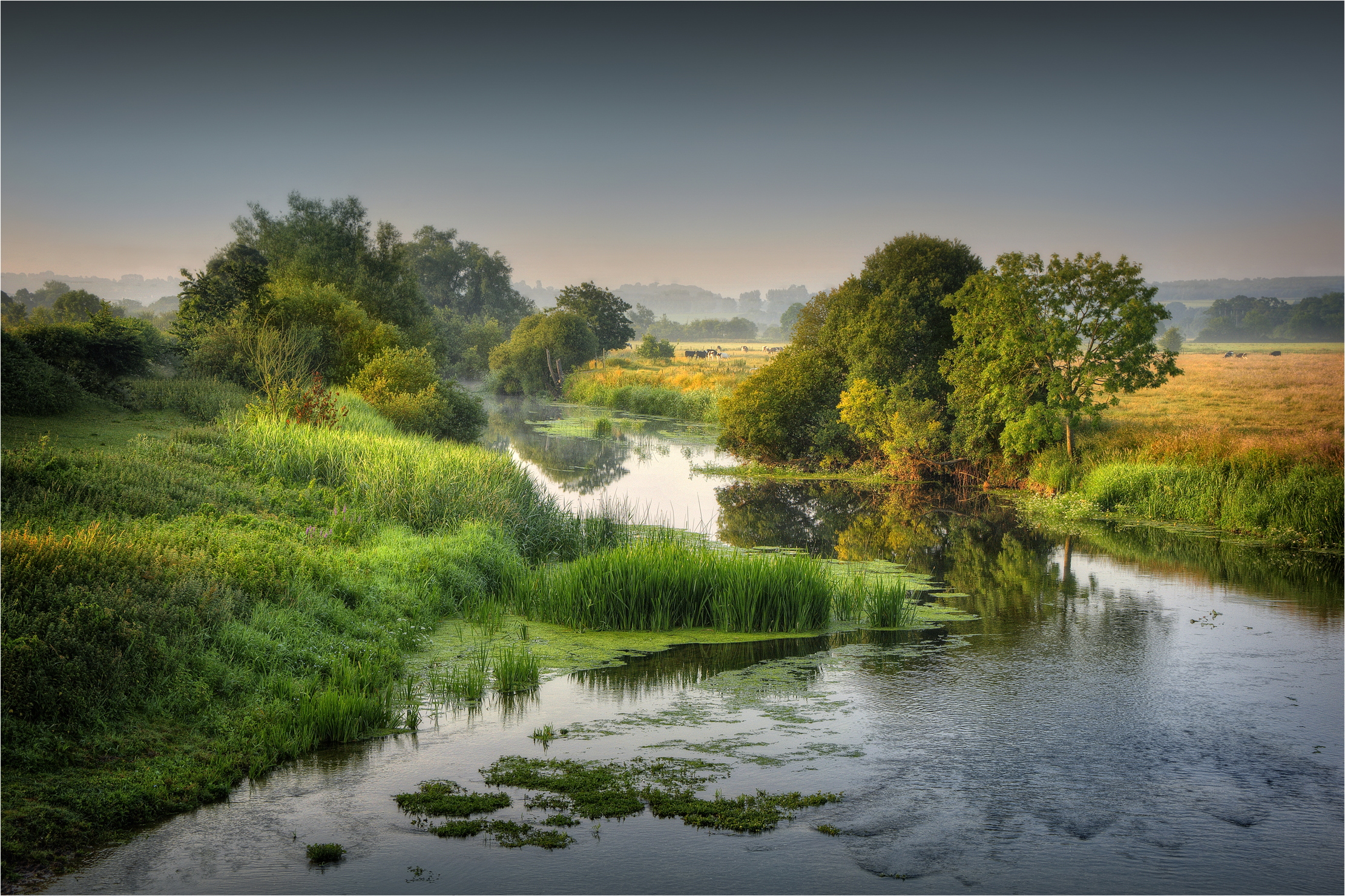
Credit: Getty Images
83% of England's rivers show 'high pollution' levels as sewage and agricultural waste flow into the waterways
Data collected by more than 640 anglers across the country have found that our rivers are in a perilous state.
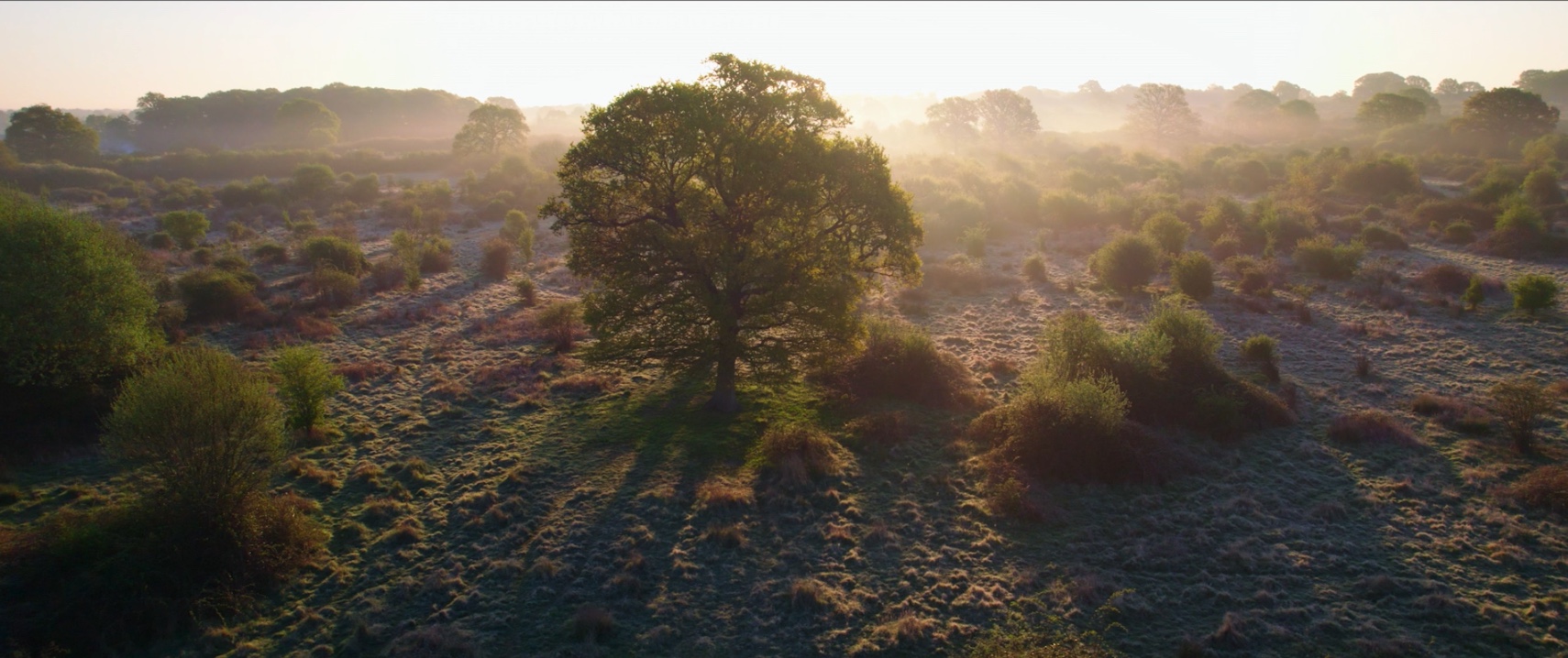
Exclusive: First look at trailer for 'Wilding', the documentary of the Knepp Estate
Isabella Tree's hugely successful book about the rewilding project at her and her husband's estate in West Sussex will hit
-
 Two quick and easy seasonal asparagus recipes to try this Easter Weekend
Two quick and easy seasonal asparagus recipes to try this Easter WeekendAsparagus has royal roots — it was once a favourite of Madame de Pompadour.
By Melanie Johnson
-
 Sip tea and laugh at your neighbours in this seaside Norfolk home with a watchtower
Sip tea and laugh at your neighbours in this seaside Norfolk home with a watchtowerOn Cliff Hill in Gorleston, one home is taller than all the others. It could be yours.
By James Fisher
-
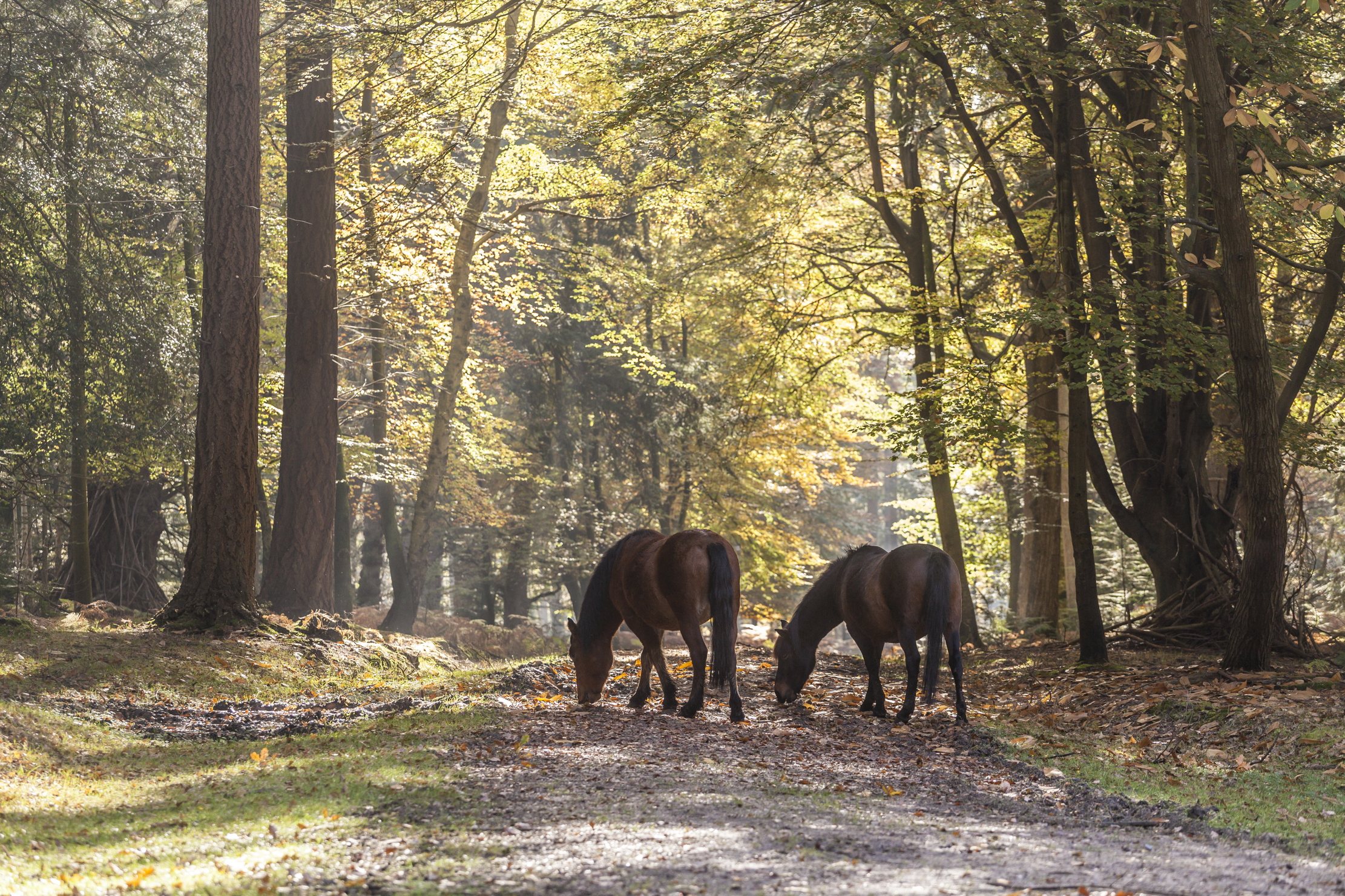 Rare-breed poultry and pigs on the decline according to latest Rare Breed Survival Trust Watchlist
Rare-breed poultry and pigs on the decline according to latest Rare Breed Survival Trust WatchlistAvian flu combined with higher input prices has had a damaging effect on Britain's native poultry populations, according to the RBST.
By Kate Green
-
 North Yorkshire village is the latest to turn down the lights and become 'dark-skies friendly'
North Yorkshire village is the latest to turn down the lights and become 'dark-skies friendly'Hawnby is the first 'dark sky friendly' village in the North York Moors and residents are already starting to see positive results from dimming the lights
By Annunciata Elwes
-
 'Disconnected from our heritage' — conservation charity warns that more must be done to tackle light pollution
'Disconnected from our heritage' — conservation charity warns that more must be done to tackle light pollutionAccording to CPRE, The Countryside Charity, most of us can't see the stars correctly, and is calling on government to help fight back.
By Annunciata Elwes
-
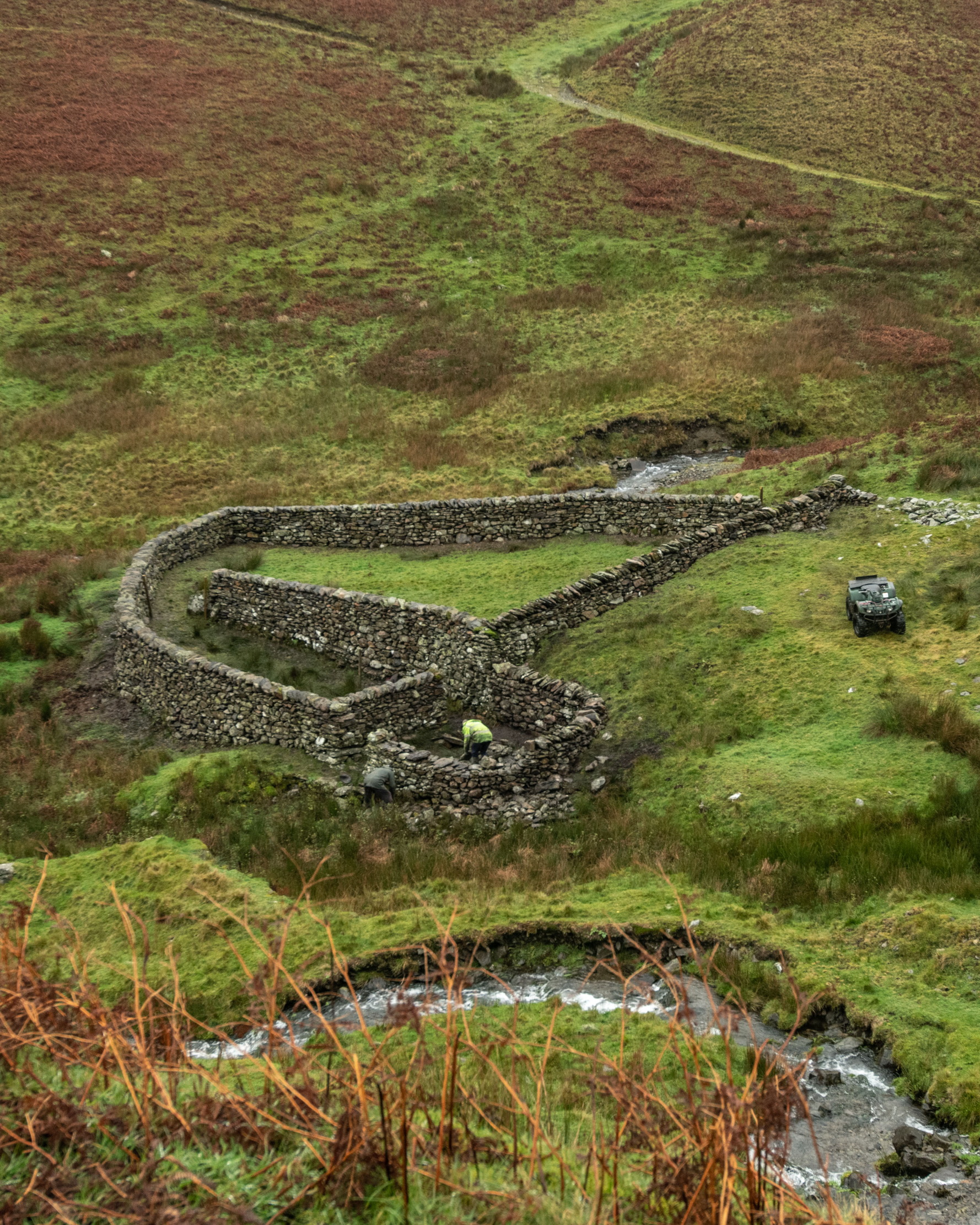 Meet the dry-stone wallers who restored a 300-year-old sheep pen in Cumbria
Meet the dry-stone wallers who restored a 300-year-old sheep pen in CumbriaCraftsmen Steven Allen and Trevor Stamper hope restored this historic sheepfold as part of a wider campaign to help support and promote common-land grazing
By Annunciata Elwes
-
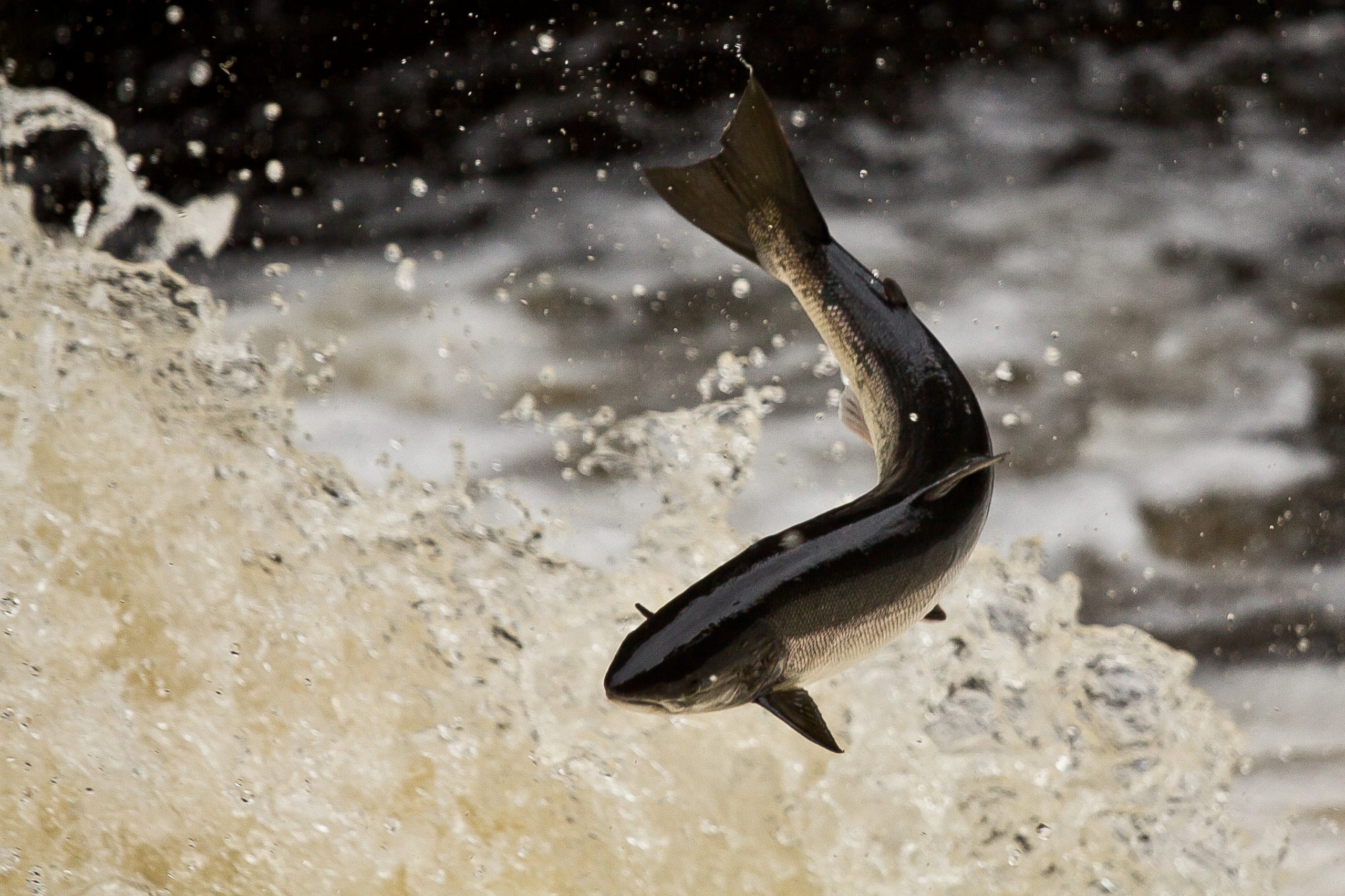 Organic farmed salmon is a 'misnomer' and certification should stop, claim fish conservation charities
Organic farmed salmon is a 'misnomer' and certification should stop, claim fish conservation charitiesIn an open letter to the Soil Association, WildFish and more than 30 other organisations have questioned the organic certification schemes for farmed salmon in Scotland.
By James Fisher
-
 83% of England's rivers show 'high pollution' levels as sewage and agricultural waste flow into the waterways
83% of England's rivers show 'high pollution' levels as sewage and agricultural waste flow into the waterwaysData collected by more than 640 anglers across the country have found that our rivers are in a perilous state.
By James Fisher